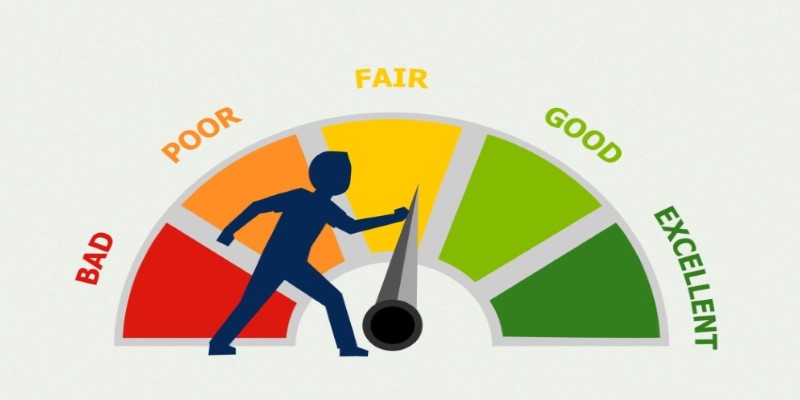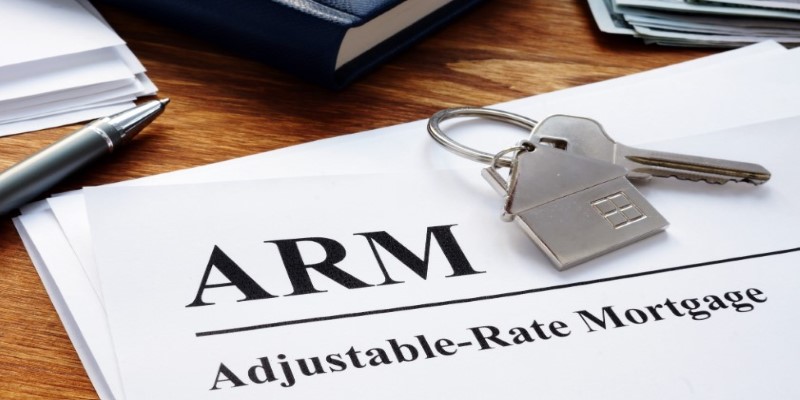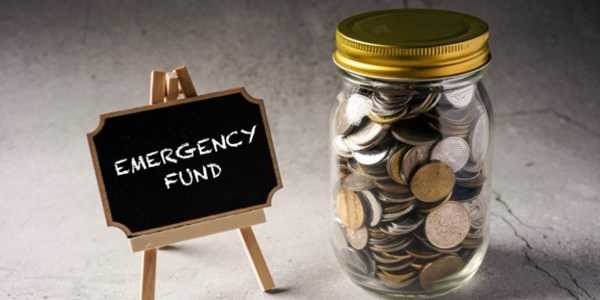When To Refinance Mortgages For Maximum Savings
Refinancing a mortgage can be a strategic move that leads to significant savings over time. However, deciding when to refinance can be challenging. This article will break down the key considerations and optimal circumstances that make refinancing worthwhile, helping homeowners maximize their savings in 2025.
Understanding Mortgage Refinancing
Mortgage refinancing involves replacing your existing mortgage with a new one, usually with different terms. This process can result in lower monthly payments, reduced interest rates, or even cashing out equity from your home. The primary goal is to improve your financial situation, but knowing when to make this move is crucial to reaping the maximum benefits.
When To Consider Refinancing
Lower Interest Rates
One of the most common reasons homeowners refinance is the potential for lower interest rates. Refinancing could reduce your monthly payment if market conditions lead to a significant drop in rates since you obtained your mortgage. A good rule of thumb is to consider refinancing when the current interest rate is at least 0.5% to 1% lower than your existing rate. This margin can provide enough savings to offset closing costs associated with refinancing.
Improvement In Credit Score

It might be an ideal time to refinance if you've worked to improve your credit score since you first secured your mortgage. A higher credit score can qualify you for better interest rates, which can lower your monthly payments and the overall cost of the loan. Keeping track of your credit score and understanding how it affects your mortgage options is essential. If your score has improved significantly, exploring refinancing options is worthwhile.
Change In Financial Situation
Life events can alter your financial landscape, making refinancing appealing. For example, if you've received a promotion, switched to a higher-paying job, or significantly reduced other debts, you may be in a stronger position to manage a more significant loan amount or take on a loan with different terms. Conversely, if your financial situation has worsened, refinancing could help you consolidate debt or reduce monthly payments.
Plan To Stay In Your Home Long-Term

Refinancing typically involves closing costs ranging from 2% to 5% of the loan amount. Therefore, if you plan to stay in your home for a while, it's essential to ensure that the savings from refinancing will outweigh these costs. If you are planning, refinancing can be an excellent investment to stay in your home for at least five years; if you're considering selling soon, you may need more than refinancing costs.
Types Of Refinancing Options
Rate-And-Term Refinance
This is the most common type of refinancing. It involves changing the interest rate, the loan term, or both without increasing the loan amount. Homeowners often choose this option when they want to lower their monthly payments or pay off their mortgage faster by switching to a shorter-term loan. This method is advantageous for those looking to save money in the long run while keeping their loan balance stable.

Cash-Out Refinance
A cash-out refinance allows homeowners to tap into their home equity and receive cash in hand. This option can be beneficial for financing home improvements, paying off high-interest debt, or covering significant expenses like college tuition. However, it's essential to approach cash-out refinancing carefully, as it can increase your overall debt and monthly payments if not managed wisely.
Streamline Refinance
For those with government-backed loans like FHA or VA loans, streamlined refinancing is an option that allows for a quicker, more straightforward process with less documentation and lower fees. This option typically requires little to no equity and can result in lower monthly payments without the lengthy approval process associated with traditional refinancing.
Timing The Market

Timing the market is tricky, but there are signs homeowners can watch for. Economic indicators such as unemployment rates, inflation, and Federal Reserve interest rate decisions can all impact mortgage rates. Staying informed about these trends can help you identify when rates are favourable for refinancing. In 2025, consider consulting with a mortgage advisor who can provide insights into market conditions and guide you on the best timing for your refinancing efforts.
Closing Costs And Break-Even Point
When refinancing, it’s crucial to factor in closing costs. These costs include appraisal fees, title insurance, and other charges that can add up quickly. To determine if refinancing is worth it, calculate your break-even point. This is the time it takes for the savings from your new mortgage to equal the costs associated with refinancing. Refinancing may be a sound financial decision if you can break even within a reasonable time frame.
Benefits Of Refinancing
The benefits of refinancing extend beyond just lower monthly payments. Refinancing can allow you to switch from an adjustable-rate mortgage (ARM) to a fixed-rate mortgage, providing more stability in your monthly payments. It can also help you consolidate debt by rolling high-interest debt into your mortgage, lowering your overall interest costs.

Additionally, refinancing can offer the chance to access equity for home improvements, which can increase the value of your property. As home values continue to rise in many markets in 2025, tapping into this equity can be a strategic move for enhancing your home or investing elsewhere.
Potential Risks
While refinancing has many benefits, it has risks. Extending the term of your mortgage can lead to paying more interest over time, even if your monthly payments are lower. Additionally, if the market conditions change or interest rates rise after refinance, you could face a more challenging financial situation.
It's also important to consider the potential impact on your credit score. Your score can dip slightly each time you apply for a mortgage or any credit. If you're considering refinancing, be mindful of your credit health and avoid taking on new debt during the application process.
Conclusion
Refinancing a mortgage can be beneficial, but timing and conditions are critical. Homeowners should consider lower interest rates, credit score improvements, financial situation changes, and how long they plan to stay in their homes. By understanding the various refinancing options available, calculating the potential savings against closing costs, and being aware of the market conditions, homeowners can make informed decisions that lead to maximum savings. As 2025 progresses, staying updated on economic trends and working with knowledgeable professionals can further enhance your refinancing experience, ensuring you maximize your financial opportunities.





